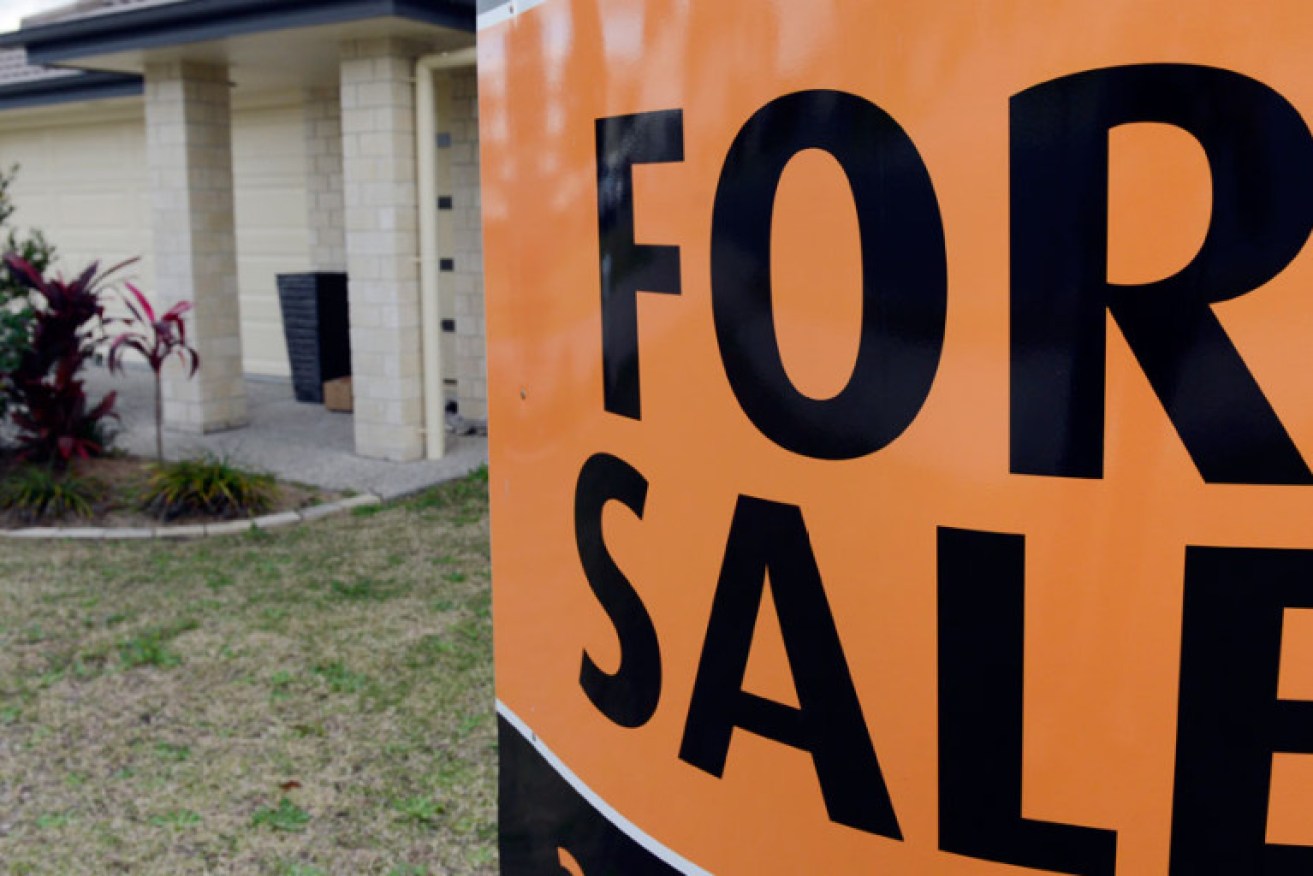Adelaide housing market defies national price slump
Adelaide has resisted one of the fastest ever declines in house prices with the average Australian capital city property slumping by an average of $53,000.

The latest Domain report shows house prices in the Australian capitals fell 4.9 per cent in the last quarter from a peak in March.
It was the fastest quarterly fall on record.
Apart from Adelaide, house prices in every capital dropped with the Sydney, Melbourne, and Canberra markets seeing the speediest downturns ever recorded.
“We’re going through housing market conditions that many buyers and sellers have never experienced in their lifetime,” Domain’s chief economic researcher Nicola Powell said.
Adelaide bucked the overall trend with house and unit values hitting record highs, but the South Australian market has started to lose steam.
“Obviously buyers have reduced their borrowing capacity, but they are also more mindful of mortgage affordability and many are now pricing in further interest rate hikes,” Powell said.
Buyers have shifted away from houses, with units outperforming larger dwellings across most capital cities.
In Brisbane and Hobart, unit prices grew while house values dropped, and Perth and Darwin were the only cities where house prices held stronger than units.
“Affordability issues are going to help steer demand away from houses and towards units, and we’re already seeing that,” Powell said.
Though the cost of units has also slipped in most cities, compared to the housing market the declines were more stable, down a modest 3.9 per cent or $24,000 from the December, 2021 high.
Domain reports house value declines could either ease or rebound entirely as the Reserve Bank seeks to ease interest rate hikes and consumer sentiment recovers.
As overseas migration resumes and short-term visa-holders return, Powell also expects to see an uptick in housing investments, which she says will help ease the rental crisis despite the latest inflation data.
The Australian Bureau of Statistics revealed inflation soared to 7.3 per cent in the September quarter, the highest annual rate since 1990.
But Powell says the housing market should remain relatively unscathed.
“In terms of inflation data, change on the previous quarter over September is the same as what we saw in June,” she said.
“So on an annual basis, it’s still very high but we’ve actually seen (auction) clearance rates improve from the lows over the winter months.”
House prices might be falling but competition in the rental market remains fierce.
A separate report shows rental availability falling sharply, with the number of rental properties listed on realestate.com.au plummeting 20.5 per cent in the year to September.
Low rental availability is pushing rents higher as landlords can afford to hike rents when tenants have limited choice.
Rents surged 4.3 per cent in the three months to September – the fastest quarterly rate on record.
PropTrack director of economic research Cameron Kusher said investor activity was more subdued than normal.
“With fewer investors purchasing homes to rent out, the limited supply of stock, coupled with strong demand, is leading to heightened increases in advertised rental prices,” he said.
Mr Kusher also said some heat was coming out of regional rental markets but big cities were becoming more competitive.
“This is being driven by the return of many people who migrated regionally during the pandemic back to capital cities and the lift in overseas migration,” he said.
-AAP




